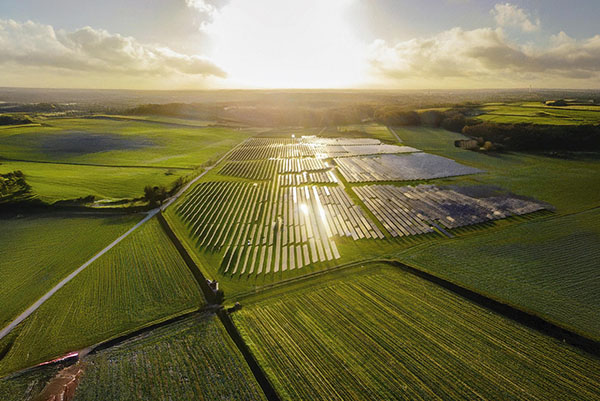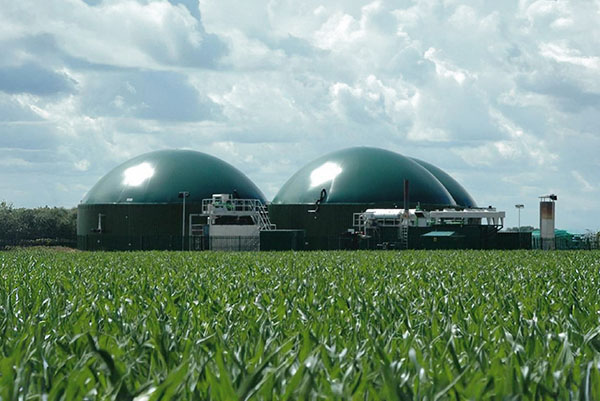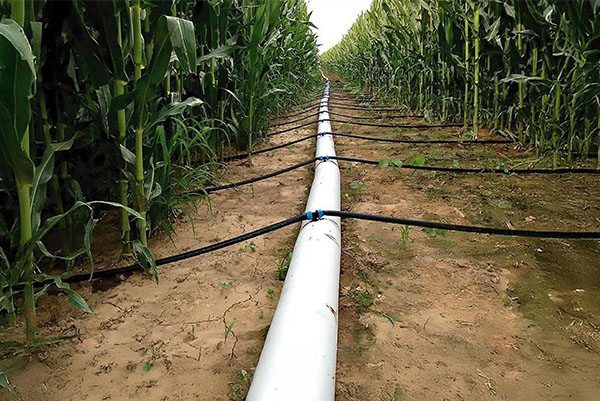Renewable energy
We offer innovative solutions to integrate renewable energy in agriculture, through the installation of agrivoltaic and biomass systems, supporting agricultural processes. These solutions reduce environmental impact, optimize resource use, and promote resilient business models by lowering energy costs.
Renewable solutions for sustainable agriculture
Renewable solutions are revolutionising agriculture, improving the sustainability and efociency of practices. Agrophotovoltaics, biomass and the use of sensors, drones and ICT technologies optimise the use of resources and reduce waste.

Agrophotovoltaics, also known as agri-voltaics,
is an innovative technology that combines solar energy production with agriculture on the same land. Solar panels are installed on elevated structures, allowing crops to grow underneath without compromising energy production. This approach makes the best use of available space, reduces environmental impact and can improve agricultural yields due to the partial shading provided by the panels.

Biomass is a renewable source of energy obtained from organic residues, such as agricultural waste, food waste and plant materials. This approach allows waste to be converted into biogas through anaerobic digestion processes, reducing environmental impact and creating a sustainable energy production cycle. Biomass not only provides a clean source of energy, but also contributes to the effective management of agricultural waste and the reduction of greenhouse gas emissions.

Water efociency is key to addressing the challenges of water scarcity and climate change, while ensuring high agricultural productivity and conservation of natural resources. One example is solar irrigation, a sustainable method that
uses solar energy to power agricultural irrigation systems. This technology uses solar panels to convert sunlight into electricity, which is then used to run irrigation pumps.
Agri-naturalistic-voltaic parks
Agri-nature-voltaic parks are an innovative combination of agriculture, nature conservation and solar energy production. These projects integrate photovoltaic panels with agricultural and natural areas to optimise land use, promote biodiversity and produce clean energy.
Solar panels are installed in such a way that they do not hinder the cultivation of plants, allowing both agricultural and energy production. At the same time, the natural areas within the park are protected and managed to favour biodiversity and the conservation of local species.








